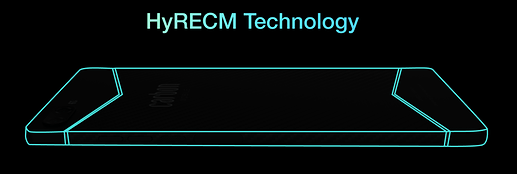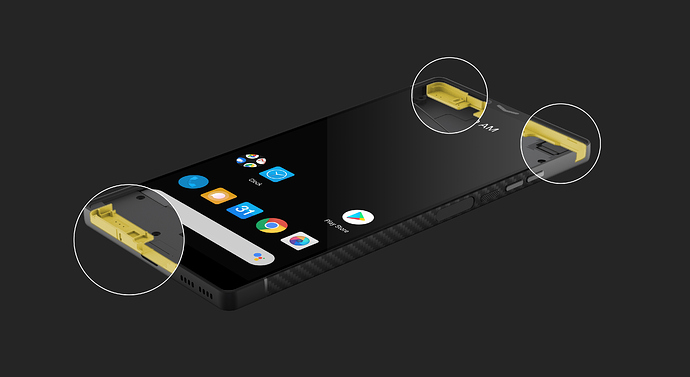’A carbon fiber phone is impossible’
Since day one, this is a comment we’ve faced from industry insiders and competitors.
The reality is, on paper, they have a point.
Despite its advanced properties for creating robust yet lightweight structures, carbon fiber is also an electromagnetic conductor. This means that it has a nasty habit of blocking radio signals, something pretty vital for smartphones. To be scientifically specific, it creates a Faraday cage where rather than allowing signals through, it disperses them around the outer casing.
The effect is a lot like trying to make a call in an elevator.
DEVELOPING THE IMPOSSIBLE:
To create a carbon-fiber phone, we had to go further than anyone else has before to find new answers.
After years of intense research and development, we developed HyRECM Technology.
HyRECM stands for Hybrid Radio Enabled Composite Material.
For the first time, we have created a revolutionary process that forges carbon fiber with a complementary composite material with signal allowing properties. The result is a carbon-fiber based monocoque structure that is incredibly thin, light and completely connected.
Below is HyRECM in action. The circles highlight the positioning of the Carbon 1 MK II’'s 3 working antennas behind the carbon fiber-based outer skin.
Stay tuned for more information on HyRECM and the innovation behind it.


